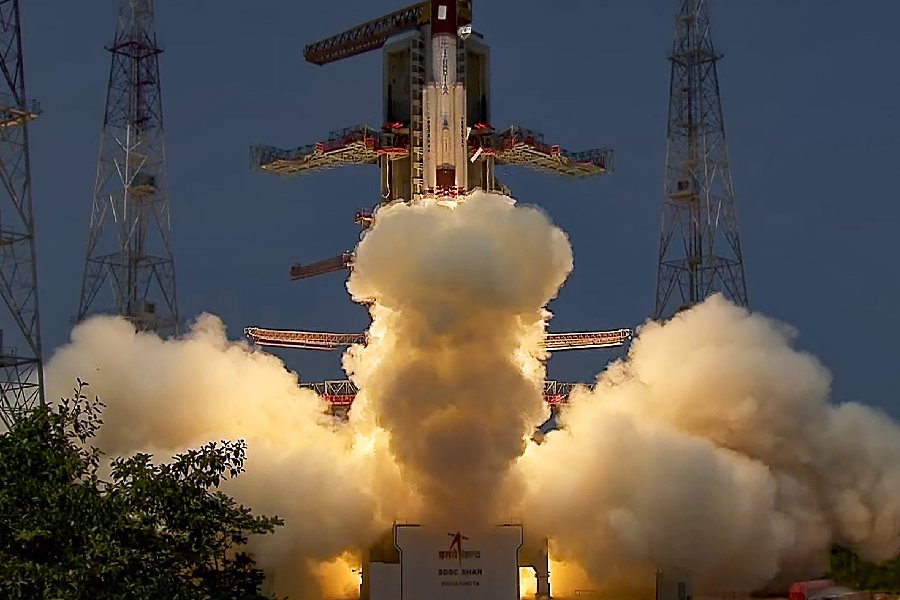With the successful launch of India's first solar mission Aditya-L1, the country could develop some prediction models and prepare a resilience plan to combat climate change, former ISRO chairman G Madhavan Nair said here on Saturday.
Sharing his excitement shortly after the successful takeoff of PSLV-C57, carrying the Aditya satellite from Sriharikota, Nair said it is very important to study the solar surface to understand various phenomena that instantaneously affect our local weather conditions.
"Long-term variability of solar radiation also is a very important factor in the study of climate change. So, in all these areas, fundamental knowledge will be acquired through this unique mission," Nair told PTI.
He said from the expected final destination of the satellite, Lagrange Point 1 (L1), the satellite could observe the Sun round the clock and extract exact data regarding various solar phenomena.
"We can only try to have some (prediction) models, and the models can be validated through this experimentation. That can provide some pointers based on which we can make a resilience plan for the planet," Nair, who was ISRO chairman from 2003 to 2009, said.
He said the radiation hazard is going to be the most challenging part for the Aditya mission when it continues its journey to the L1 orbit, about 1.5 lakh kilometres away from the Earth.
He pointed out that the electronic equipment aboard the spacecraft can be affected and any damage to the navigation or propulsion systems can put the maiden solar mission in trouble.
M Chandradathan, former ISRO scientist and scientific advisor to the Chief Minister of Kerala, said the mission with the latest technology payloads is very important to address the energy needs of the future under the circumstances of global warming.
"We have to make use of solar energy, split the water into oxygen and hydrogen, and make use of that hydrogen for fuel," Dathan said.
He said ISRO had thought about a plan to put many satellites, known as "powersats" in the Lagrangian orbit, tap the solar energy directly, transmit it to Earth, either through lasers or microwaves to an earth station where a retina will capture the solar power and convert that into electricity.
"Many countries are experimenting with a similar model. The Aditya mission will also help us understand the possibility of all such future programmes," Dathan said.
Aditya will also be able to study the solar mass ejections, where, in extreme temperatures, the sun spits out flames, he explained, adding that the mission can study how often such coronal mass ejections happen, whether there is a seasonal pattern to it, and its immediate effects.
He said understanding this phenomenon is also important for the safety of the satellites launched by ISRO. PTI KPK TGB HDA
Except for the headline, this story has not been edited by The Telegraph Online staff and has been published from a syndicated feed.











